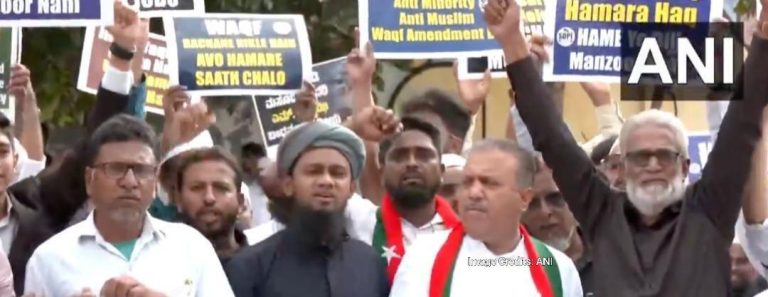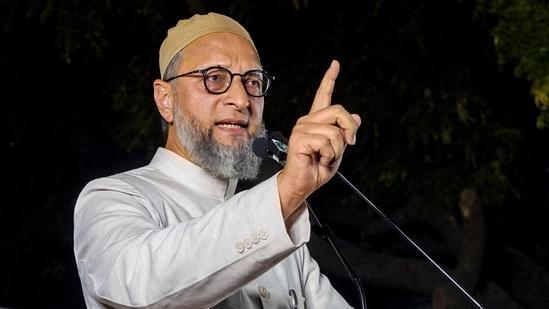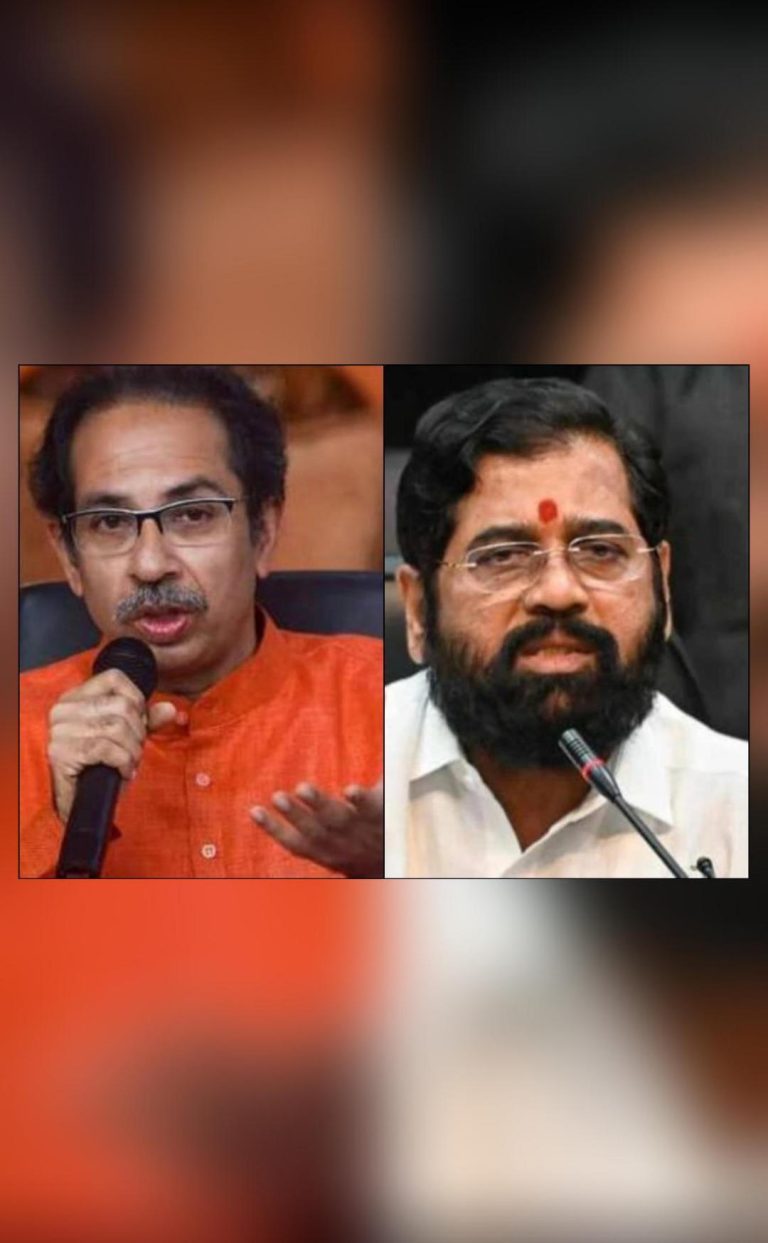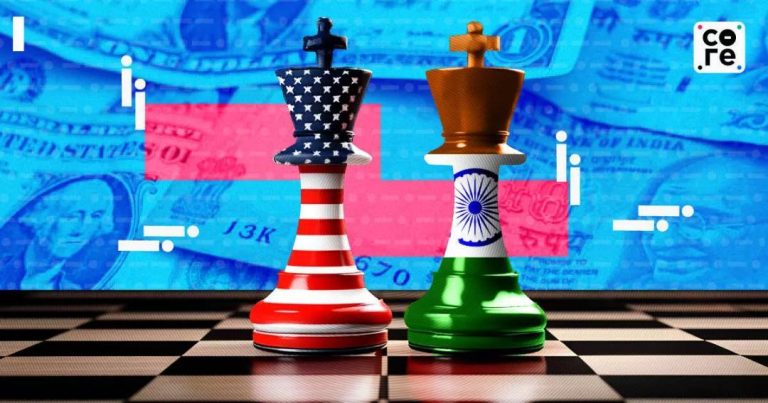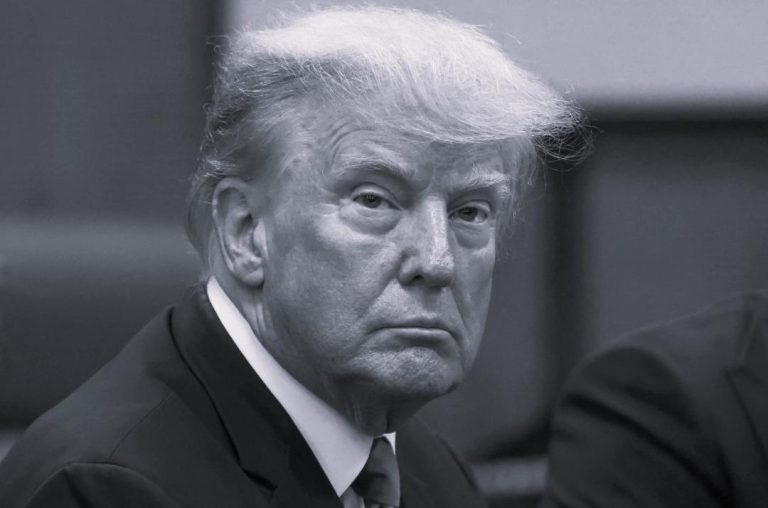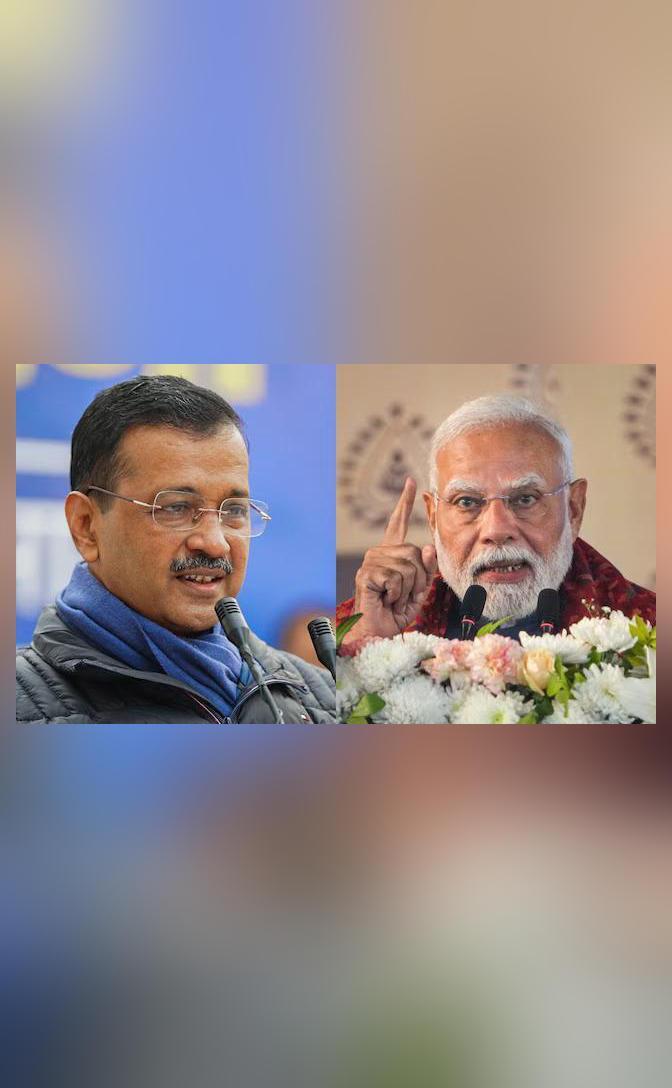
2% Vote Share Difference Got BJP 26 More Seats Than AAP in Delhi
The recently concluded Delhi Assembly elections saw a closely contested battle between the Bhartiya Janata Party (BJP) and the Aam Aadmi Party (AAP). While the BJP emerged victorious, securing 48 seats in the 70-member Assembly, the AAP managed to bag only 22 seats. What’s even more intriguing is that the difference in vote share between the two parties was a mere 2%. In this blog post, we will delve into the election results and explore what might have contributed to this unexpected outcome.
According to the election results, the BJP secured a vote share of 45.56%, while the AAP got 43.57%. This translates to a difference of just 2.01% in vote share. Despite this narrow margin, the BJP was able to secure 26 more seats than the AAP.
One possible explanation for this outcome is the significant jump in the BJP’s vote share compared to the previous Delhi Assembly elections. The party’s vote share increased by around 7% from the last elections, indicating a strong surge in support for the party. On the other hand, the AAP’s vote share fell by a staggering 10% from the last elections.
Another factor that might have contributed to the BJP’s victory is its ability to appeal to a broader section of the electorate. The party’s campaign focused on issues such as law and order, which resonated with many voters. Additionally, the BJP’s candidate selection process ensured that they had a strong presence in all 70 constituencies, which helped them to win more seats.
The AAP, on the other hand, seemed to struggle to connect with voters on the law and order issue. The party’s campaign focused more on its achievements in governance, such as providing free electricity and water to residents of Delhi. While these achievements were well-received by many, they may not have been enough to offset the BJP’s gains on the law and order front.
Another significant factor that might have influenced the election outcome was the anti-incumbency factor. The AAP had been in power in Delhi for over a decade, and many voters may have been looking for a change. The BJP, with its promise of better governance and a stronger law and order apparatus, may have capitalized on this sentiment to attract voters.
It’s also worth noting that the BJP had a significant advantage in terms of campaign resources. The party had a well-oiled machinery, with a strong presence on social media and a well-funded campaign. The AAP, on the other hand, faced some challenges in terms of funding and campaign infrastructure.
Despite its defeat, the AAP can take heart from the fact that it still managed to secure a significant vote share of 43.57%. The party’s leader, Arvind Kejriwal, has vowed to continue fighting for the rights of the people of Delhi and has already started preparing for the next elections.
In conclusion, the Delhi Assembly elections saw a closely contested battle between the BJP and the AAP. While the BJP emerged victorious, the difference in vote share between the two parties was a mere 2%. The BJP’s significant jump in vote share, combined with its ability to appeal to a broader section of the electorate, may have contributed to its victory. The AAP, on the other hand, struggled to connect with voters on the law and order issue and faced challenges in terms of campaign resources. Despite its defeat, the AAP remains a significant force in Delhi politics and will continue to be a key player in the state’s political landscape.
